As the rain patters on the window and the skies continue to stay in grey mode, enjoy the weather with garma garam soups and curries to warm the heart
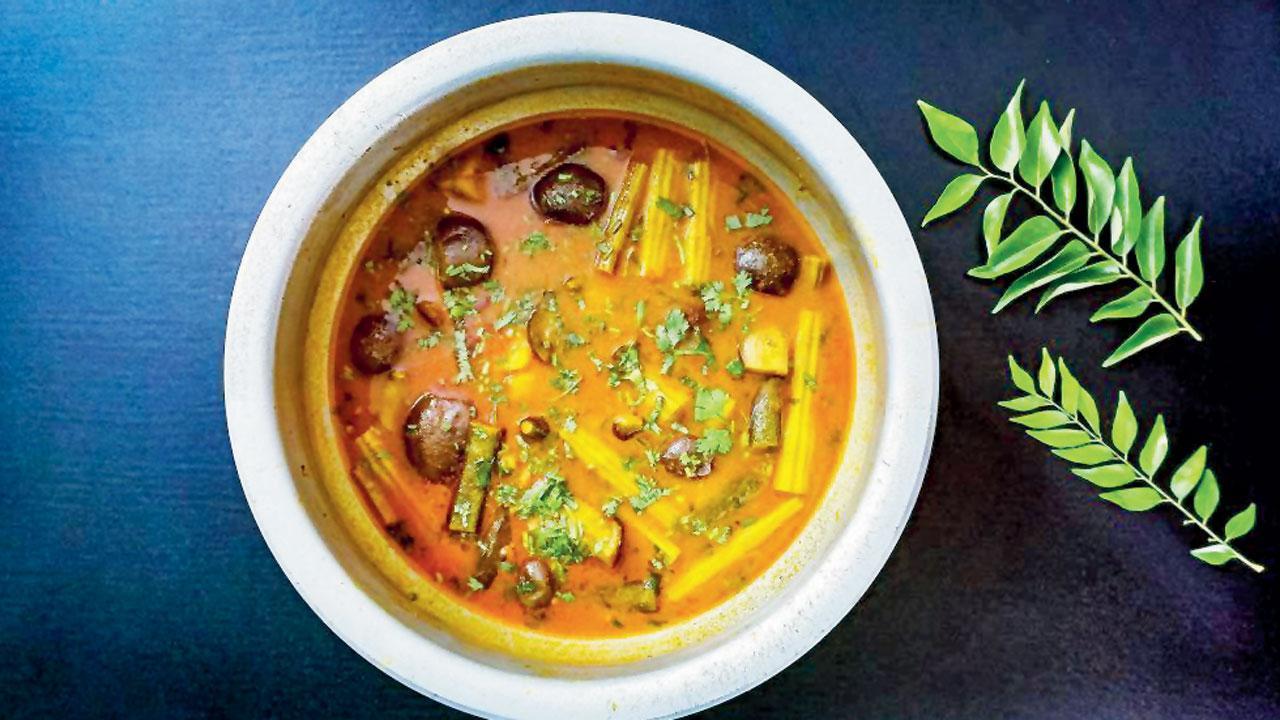
Sindhi Kadhi
It feels like yesterday when we were complaining about the brutal summer and now that the rains are here, the sun seems to be on a long hiatus behind the clouds. The shift in weather has ignited the longing for a specific type of soul food—hot, tangy, slurpy and flavourful. And the longing is universal: Mexicans eat esquites, a corn soup, eaten for supper when the temperatures drop because, as Chef Pablo Benitez, Executive Chef at Mezcalita, Churchgate, puts it, “It’s heart warming and comforting. Also, it has corn and the flavours are similar to the rainy day staple, bhutta [rubbed with lemon and spices].”
ADVERTISEMENT
 Tom Kha Gai. Pic/Getty Images
Tom Kha Gai. Pic/Getty Images
The soup dates back to pre-Hispanic times and was made when the rainy season began and corn was harvested. Then came the Spaniards, who brought poultry to the continent, leading to the creation of the meaty version of esquites we know it today. “This is my favourite soup since it has different textures and flavours—the crunchiness of the grain, sweetness, acidity, and spiciness, all at the same time. The mildness of mayonnaise blends perfectly with the sharpness of onion and coriander. The herbs and spices that go into the dish contribute towards its delight. It showcases Mexican tradition and flavours at its best,” says Benitez passionately.

Pablo Benitez, Executive Chef at Mezcalita prepares his favourite recipe—esquites or corn soup from Mexico. Pic/Sameer Markande
Thailand also enjoys a tropical climate, much like ours, and is influenced by seasonal monsoon winds and abundant rain experienced all over the country, especially the mountainous regions. When it pours, Thais love to soothe their sinuses with a bowl of spicy tom kha gai, a traditional chicken hot and sour soup dish that is a potpourri of flavours. It has chicken, galangal (a root similar to ginger but with a citrusy dash), lemongrass, kaffir lime leaves, lime juice, bird’s eye chilli, fish sauce, and coconut milk for a creamy base. Apart from chicken—purists prefer chicken on bone to the boneless variety—this rich soup also has mushrooms. Traditionally, tom kha gai is enjoyed with jasmine rice, but can also be had on its own or with boiled noodles. Hari Singh Negi, Chef de Partie at Thai Naam in Marol, says, “Tom kha gai has a delicate balance of spicy, sour, and creamy flavours, making it a favourite among Thai cuisine enthusiasts. While its main purpose is to satiate cravings in cold weather, tom kha gai soup also offers several health benefits—the combination of ingredients such as lemongrass and galangal have anti-inflammatory properties, while garlic, ginger, and lime leaves are immunity-boosting—perfect for flu season.”

Hari Singh Negi and Ashish Kumar
Closer home in Jharkhand, this season sparks a craving for rugda curry, a thickish gravy made with seasonal produce: A small, round, muddy white ball mushroom indigenous to the state. Rugda or puttu as some call it, grows under the soil, at the base of sal trees in the humid forests around Ranchi. “Take a walk through the streets of Ranchi in the monsoons and rugda will be one of the many wild mushrooms sold by tribal women. Foraging has become fashionable at restaurants around the world, but for the tribal people from Jharkhand, it’s a source of survival,” says chef Ashish Kumar, who works in Dubai with celebrity chef Vikas Khanna.
Because it grows only in the rainy season, foraging for rugda is a frenetic activity, and it sells like gold. It has a rubber like tough exterior and holds a yolk-like black substance inside which gives the rugda its umami taste. It has a meaty flavour similar to chicken liver, and also has higher protein content than any other variety of mushrooms. Steaming rugda curry—made with whole spices, onions and slit green chillies—is a hot favourite in Jharkhand. And the good news is that rugda is streaming to Mumbai through several agricultural produce suppliers as well as dedicated mushrooms retailers, including Maha Agro in Vakola and The Mushroom Company in Khar West. “Jharkhand’s culinary history has not been documented enough, and rugda is just an element of this cuisine,” says Kumar, who is from the state.
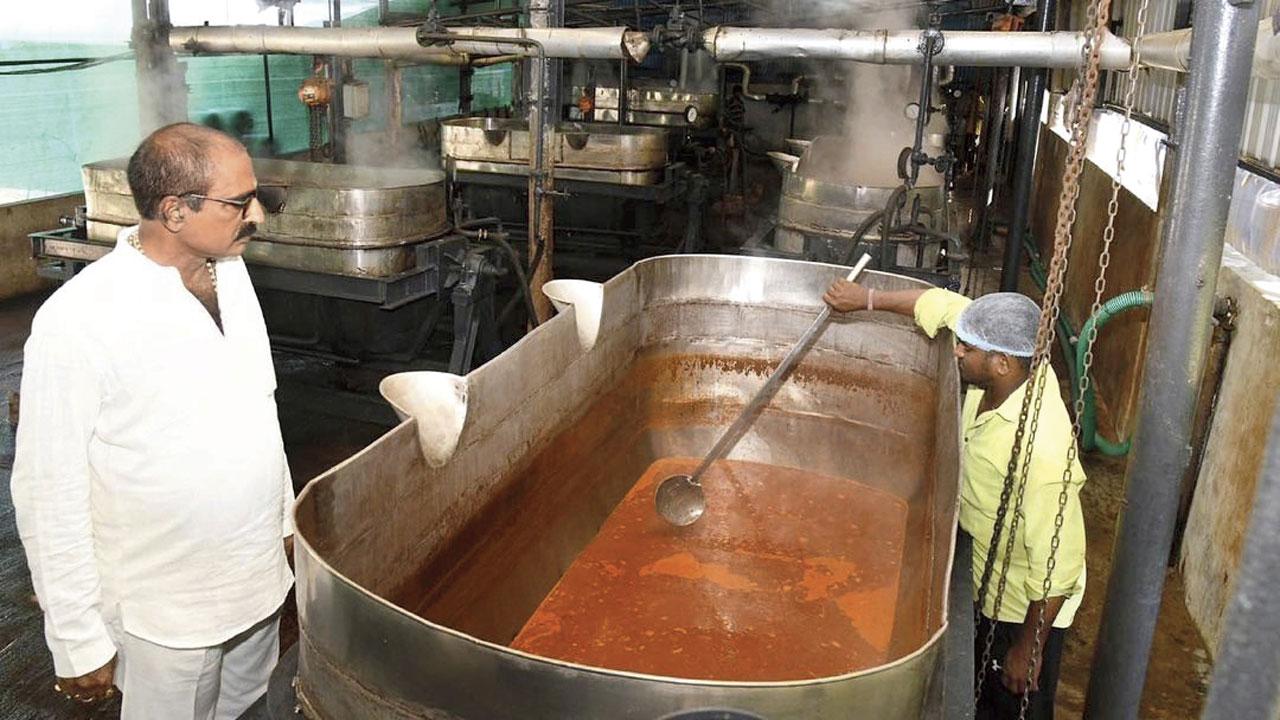
Mandava Venkat Ratnam oversees the preparation of ulavacharu in specially developed vessels that he has patented
It is been said that some of the most soul-satisfying, cold-fighting dishes are usually a right mix of nutrition and taste. Most aren’t even born out of complicated preparations of exotic ingredients. Their charm lies in their simplicity. A fitting example is Sindhi kadhi from the Sindh region of Pakistan. A runaway hit in every Sindhi household during the colder months, the kadhi is has a gram flour base with vegetables ranging from tomatoes, potatoes, onions, okra, beans or drumsticks—the more, the merrier. “Sindhi kadhi contains many seasonal veggies and is hence, very comforting. Ghee rice and piping hot Sindhi kadhi will keep you warm and make you feel at home, more so on a rainy day,” says Kumar Nachiket, a Bengaluru-based recipe creator who preserves classical Indian recipes. While the traditional way to enjoy the slurpy kadhi is with rice or naan, this writer has fond memories of pouring it over three slices of bread placed one on top of the other, letting the bread soak it in and then eating the mixture with a spoon, deftly dodging all the vegetables; his mother happy that the gravy held back the nutrients from the veggies.
Down south, the ulavacharu is one such hearty dish. Made from horse gram lentils or ulavala, as it is called locally, the curry from Andhra Pradesh is easy to make, and heaven to savour. It relies on mustard, cumin, and ginger-garlic paste for taste and can be sipped straight from the bowl or had with rice and idli. The recipe has become so popular that it is even used as meat marinade while making biryani. It is one of actor Dulquer Salman’s favourite ever since he tried it last year in Vijayawada and took to Instagram to share his new love.
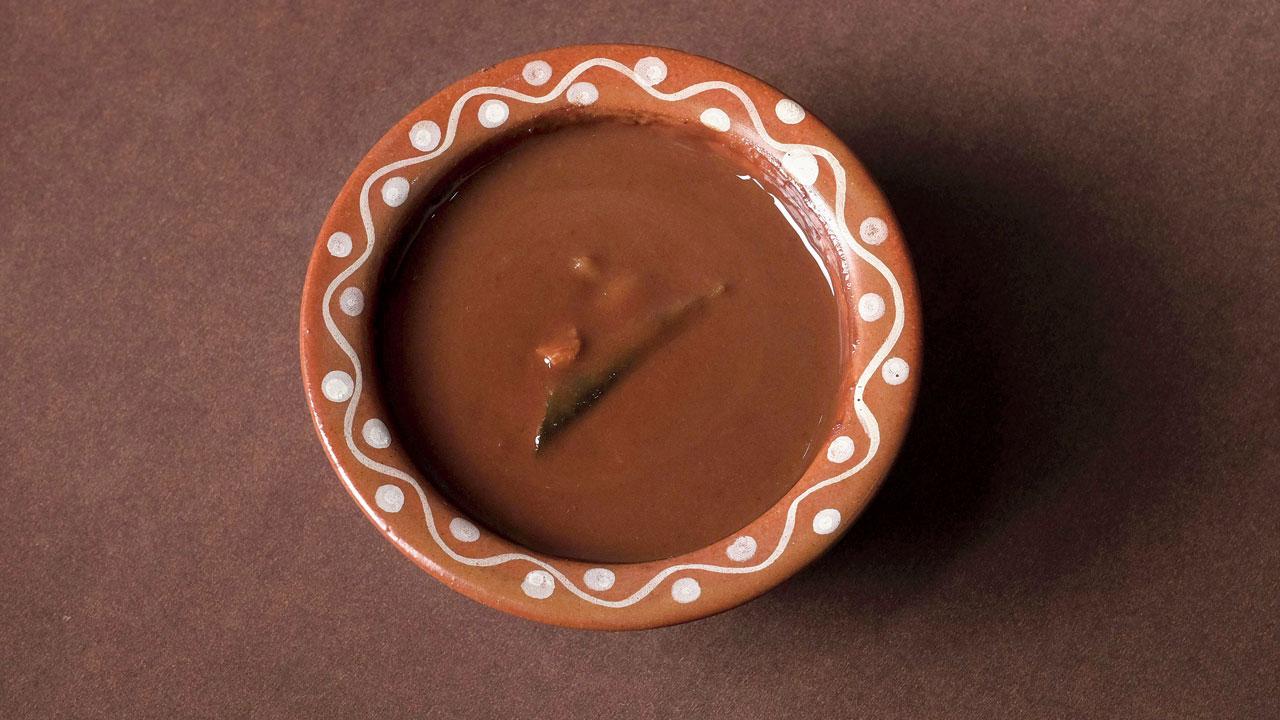
Ulavacharu is irrevocably intertwined with the destiny of Mandava Venkat Ratnam, a native of Vishakapatnam who started delivering ready-to-eat ulavacharu in the 1990s. His customers loved his preparation and it became a runaway hit, so much so that Ratnam shifted to Vijaywada to expand his business.
Today, the family runs Indira Foods, a venture that has diversified its menu and delivers all over Andhra, as well as to parts of Karnataka and Tamil Nadu, not to mention abroad as per order. Mandava also developed special cooking pots, called jacketed pressure vessels, that ensure the best quality, taste and texture, and holds the patent for them. “The monsoons make you crave foods that produce heat in the body and ulavacharu is the perfect answer to that craving. Besides, it’s made of horse gram, which is very high in protein,” says Ratnam’s son, Vishal Mandava.
Rugda curry
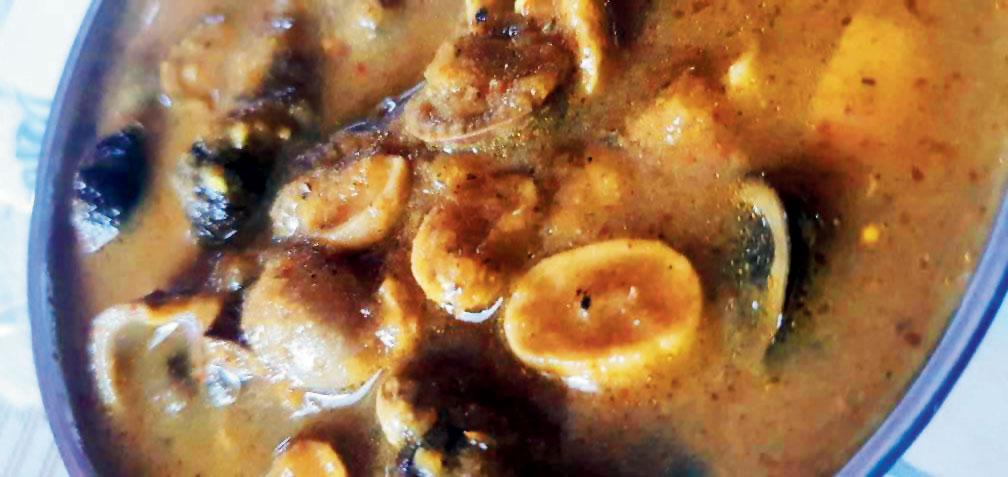
Ingredients
500 gm rugda
30 ml mustard oil
2 bay leaves
10 black pepper
1-inch cinnamon stick
2 black cardamoms
10 gm red chilli powder
Salt to taste
2 green chillies
5 gm turmeric powder
10 gm cumin powder
15 gm coriander powder
5 gm garam masala powder
150 gm onion
30 gm ginger-garlic paste
A few sprigs of fresh coriander
Method
Clean the rugda carefully removing all soil and mud. Rub them on a rough texture and then wash multiple times. In a double bottom or heavy pan, heat half the mustard oil and saute rugda till brown. Keep aside. Add the rest of the mustard oil to the pan and when it smokes, add the whole spices. After they crackle, add chopped onions and slit green chillis. Sauté till translucent. Add ginger-garlic paste and cook for another four to five minutes.
Now add powdered spices and sauté for two minutes. Add little water and cook further. Now, slip in the fried rugda, salt and mix nicely.
Add hot water and cover the pot with a lid and let it cook till it’s soft, which might take around 40 minutes on a slow flame.
Adjust to gravy consistency. Remove the cover and add the garam masala. Check seasoning— add a pinch of sugar if needed. Pour into a bowl and garnish with a sprig of coriander.
Esquites
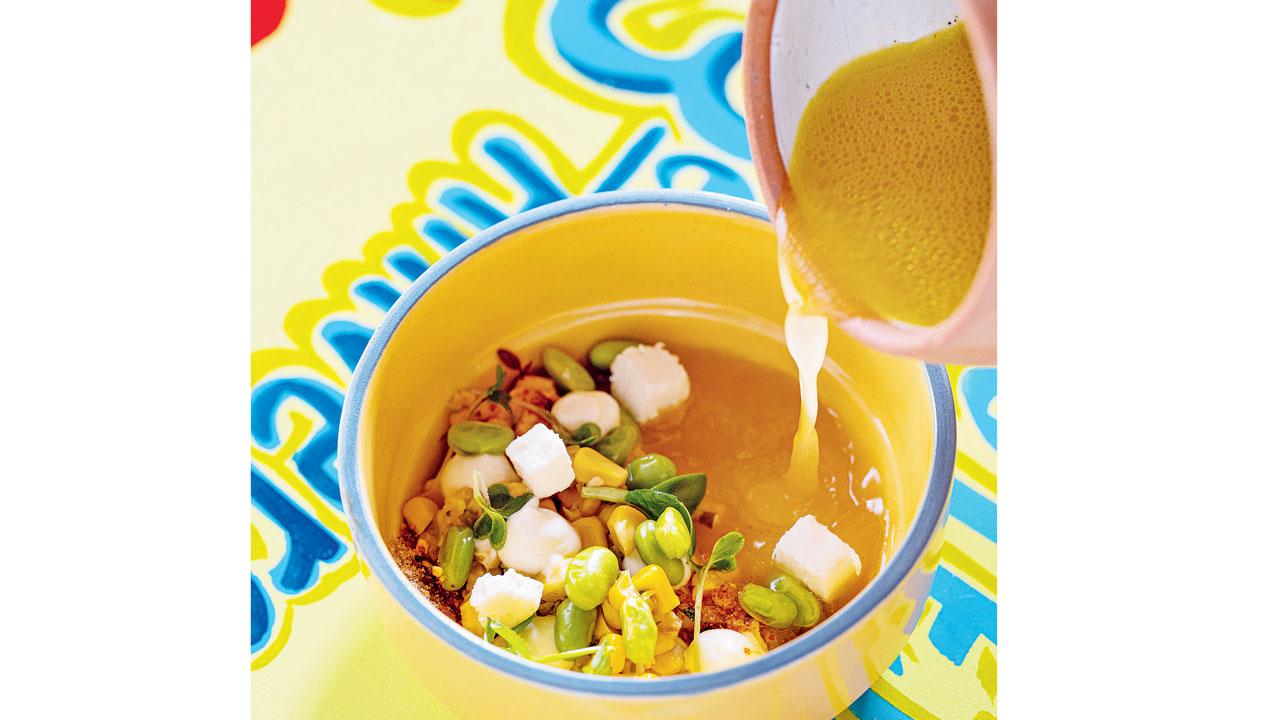
Ingredients
115 gm white onion
20 gm garlic (peeled)
500 gm whole corn
40 gm fresh coriander
400 gm vegetable stock
15 gm chipotle sauce
For plating
20 gm sour cream
10 gm malai paneer
5 gm mustard greens
10 ml juice of a green lime
20 gm edamame beans (large pods)
Method
Boil the corn kernels with onion and garlic. Add chopped coriander, vegetable stock, chipotle chilli purée, corn kernels, onion and garlic. In a bowl, place edamame, corn kernels, diced paneer, mustard greens, dollops of sour cream. Add lime juice and pour corn soup over all of it.
 Subscribe today by clicking the link and stay updated with the latest news!" Click here!
Subscribe today by clicking the link and stay updated with the latest news!" Click here!







